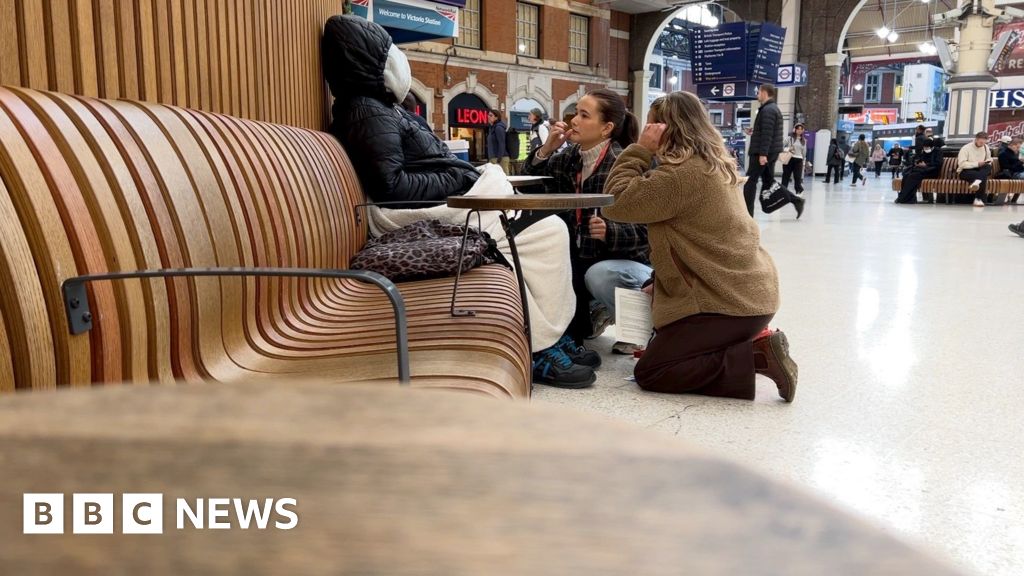
"We've known for years that women's rough sleeping is underestimated, from women's own accounts of their situation. But there was never any data to back that up. So in 2022 we worked with Solace Women's Aid and a number of other organisations to design a way to go out and give voice to some of these women's experiences."
"Homeless men often bed down in sleeping bags and tents and are therefore more visible, but for safety concerns, many female rough sleepers don't. They're more likely to sleep on buses and in fast food restaurants, or walk around all night with their belongings. Through this study, homeless charities suggest there are more than 10 times as many women sleeping rough in England than government data indicates."
"While Lucy gets them to fill in the questionnaire in return for a 10 food voucher each, Ella and Kathryn approach a bundled-up person wearing a disposable mask who is sleeping on a bench in the train station, and at first they're not sure if they are male or female. Homeless women will often try to disguise their gender for safety reasons. Sexual violence is always a risk. The person turns out to be a 59-year-old woman who has been homeless since at least 2016."
A 2022 collaboration between Single Homeless Project, Solace Women's Aid and other organisations implemented an outreach method to document women's rough sleeping experiences. The outreach team conducted counts at transport hubs and public spaces, offering questionnaires and small vouchers to women encountered. Women sleeping rough frequently avoid tents or sleeping bags for safety, instead using buses, stations, cafes, libraries, hospitals, or walking through the night to stay safe. Many women disguise their gender to reduce risk of sexual violence. Charities estimate that more than ten times as many women sleep rough in England than government statistics indicate.
Read at www.bbc.com
Unable to calculate read time
Collection
[
|
...
]